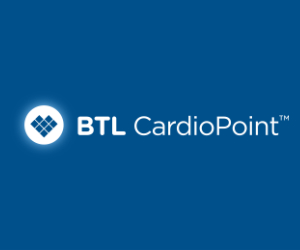Sažetak na hrvatskom: Ovdje.
Hemolytic anemias
Author: Ena Sorić
Abstract:
Hemolytic anemias encompass a heterogeneous group of disorders with diverse etiology, pathophysiological mechanisms, and therapeutic strategies. Autoimmune hemolytic anemia is the most common acquired form in clinical settings, whereas inherited types arise from membrane, enzymatic, or hemoglobin defects. Diagnosis relies on clinical evaluation, laboratory evidence of hemolysis, peripheral blood smear, and antiglobulin testing. Urgent conditions such as transfusion reactions and thrombotic microangiopathies (TTP, HUS) require rapid recognition and treatment, which significantly influence prognosis. Management is tailored to the underlying cause and may include immunosuppression, plasma exchange, or targeted biological therapies. Timely differentiation of hemolysis type, disease kinetics, and identification of secondary triggers are essential for optimal patient care and outcomes.
Key words:
autoimmune hemolytic anemia, hemolytic anemia, hemolytic uremic syndrome, thrombotic microangiopathies, thrombotic thrombocytopenic purpura





